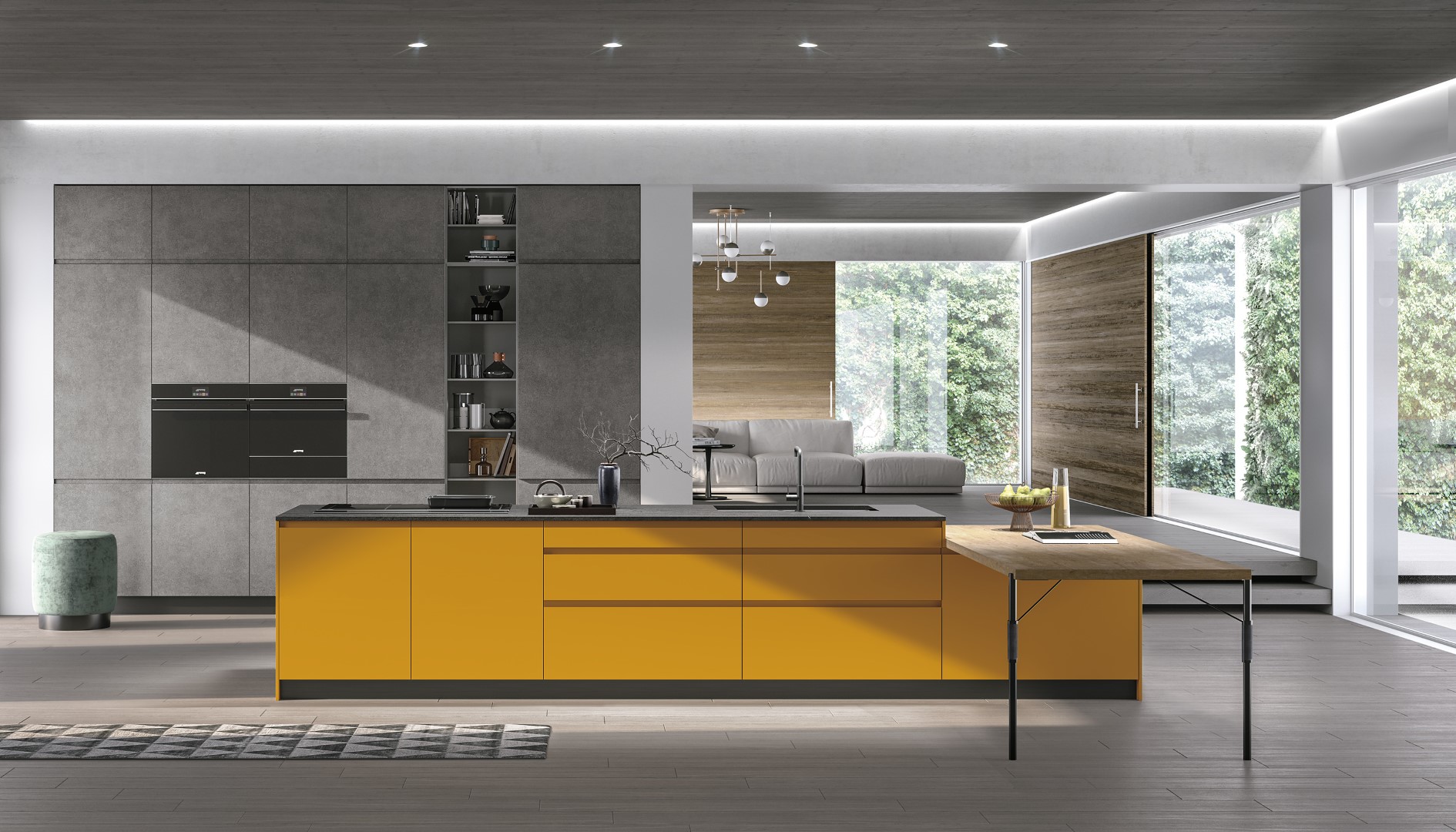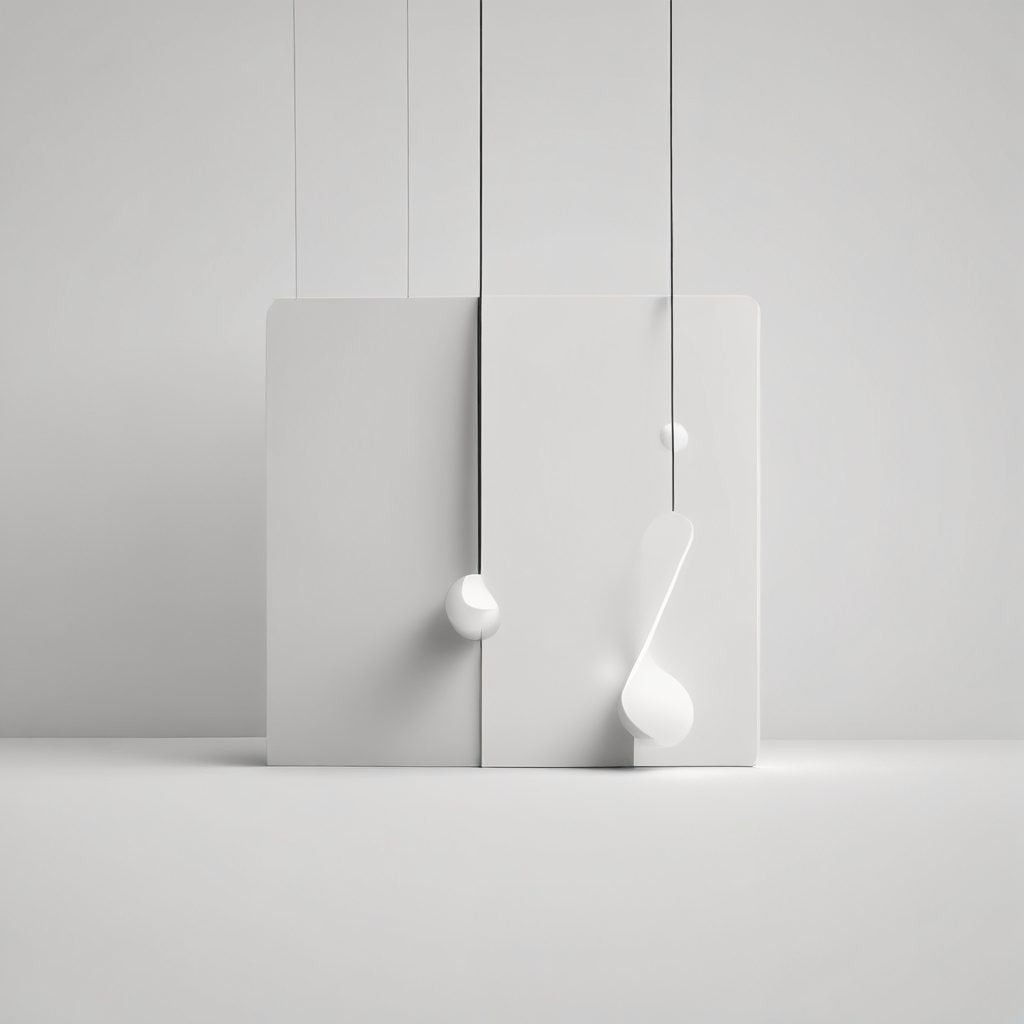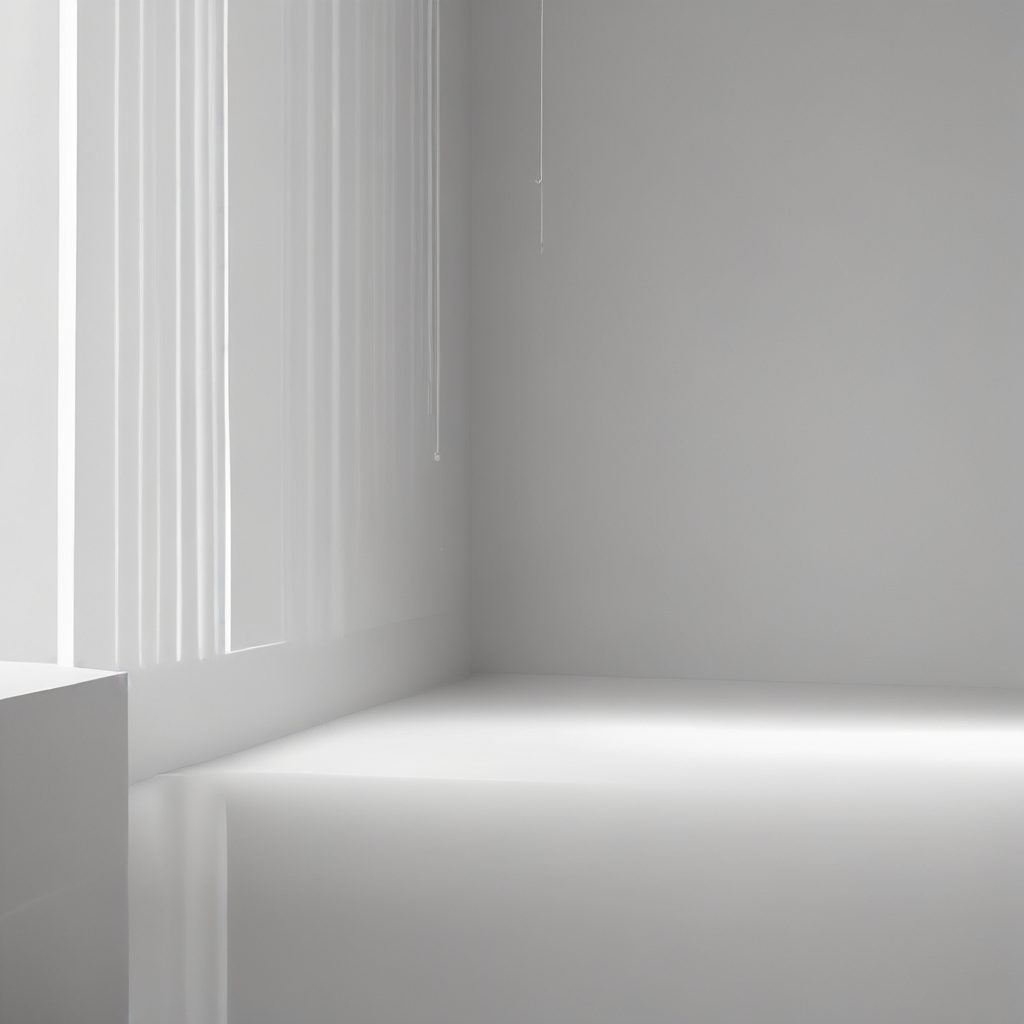
Timeless Kitchen Design Trends That Never Go Out of Style
The kitchen is often considered the heart of the home, a place where families gather, meals are prepared, and memories are made. As such, designing a kitchen that is both functional and aesthetically pleasing is crucial. While trends come and go, some design elements have stood the test of time. Here, we explore ten timeless kitchen design trends that continue to captivate homeowners and designers alike.
Classic White Kitchens
White kitchens have been a staple in home design for decades, and for good reason. The color white exudes cleanliness, simplicity, and elegance, making it a perfect choice for a space dedicated to food preparation. According to a survey by the National Kitchen and Bath Association, white remains the most popular color choice for kitchens, with 67% of respondents favoring it.
One of the key advantages of a white kitchen is its versatility. White serves as a neutral backdrop that can easily be paired with various textures, materials, and colors. Whether you prefer a modern minimalist look or a more traditional style, white can adapt to your vision. Additionally, white kitchens tend to make spaces appear larger and more open, an important consideration for smaller homes or apartments.
Designers often recommend incorporating different shades and textures to add depth to a white kitchen. For instance, pairing white cabinetry with a marble countertop or a subway tile backsplash can create visual interest without overwhelming the space. As interior designer Nate Berkus once said, “White kitchens are like a blank canvas; they allow you to add your personality through accessories and accents.”
Natural Materials
Incorporating natural materials into kitchen design is a trend that has remained popular over the years. Materials such as wood, stone, and metal not only add warmth and texture to a space but also bring a sense of nature indoors. This connection to the natural world is increasingly important as people seek to create calming and grounding environments in their homes.
Wood, in particular, is a favorite choice for kitchen cabinetry and flooring. Its durability and timeless appeal make it a worthwhile investment. According to a report by Houzz, 41% of homeowners who renovated their kitchens in 2022 chose wood as their primary material for cabinets. The beauty of wood lies in its variety; from rich mahogany to light oak, there is a type of wood to suit every taste.
Stone countertops, such as granite or quartz, are another enduring trend. These materials are not only aesthetically pleasing but also highly functional, offering resistance to heat and scratches. As designer Kelly Wearstler notes, “Natural materials have an inherent beauty and authenticity that synthetic materials simply can’t replicate.”
Open Shelving
Open shelving has become a beloved feature in kitchen design, offering both practicality and style. This trend allows homeowners to display their favorite dishes, glassware, and cookbooks, adding a personal touch to the kitchen. Open shelves can also make a kitchen feel more open and airy, a benefit for smaller spaces.
One of the main advantages of open shelving is its accessibility. With everything in plain sight, it becomes easier to find and grab what you need while cooking. This can be particularly useful for frequently used items like spices or coffee mugs. Additionally, open shelving encourages organization and decluttering, as it requires a more curated approach to storage.
However, open shelving is not without its challenges. It requires regular maintenance to keep items dust-free and organized. To strike a balance, many designers recommend mixing open shelves with traditional cabinetry. As interior designer Emily Henderson suggests, “Open shelving is a great way to showcase your personality, but it’s important to keep it functional and not just decorative.”
Subway Tile Backsplashes
Subway tiles have been a kitchen staple since they were first used in New York City subway stations in the early 1900s. Their simple, rectangular shape and glossy finish make them a versatile choice for backsplashes, complementing a wide range of kitchen styles from modern to farmhouse.
The appeal of subway tiles lies in their timelessness and affordability. They are easy to clean and maintain, making them a practical choice for busy kitchens. According to a study by the Tile Council of North America, subway tiles remain one of the most popular choices for kitchen backsplashes, with 60% of homeowners opting for them in recent renovations.
To add a modern twist to this classic trend, designers often experiment with different grout colors or tile orientations. For example, using a dark grout can create a striking contrast against white tiles, while arranging tiles in a herringbone pattern adds visual interest. As designer Joanna Gaines notes, “Subway tiles are like a little black dress; they never go out of style and can be dressed up or down.”
Shaker-Style Cabinets
Shaker-style cabinets are characterized by their simple, clean lines and functional design. Originating from the Shaker religious community in the 18th century, these cabinets have become a timeless choice for kitchens due to their understated elegance and versatility.
The beauty of Shaker cabinets lies in their simplicity. Their minimalist design allows them to blend seamlessly with various kitchen styles, from traditional to contemporary. According to a report by the National Kitchen and Bath Association, Shaker-style cabinets are the most popular choice among homeowners, with 57% opting for this design in their kitchens.
Shaker cabinets are typically made from high-quality wood, ensuring durability and longevity. They can be painted or stained in a variety of colors to suit individual preferences. As designer Sarah Richardson explains, “Shaker cabinets are a classic choice that provides a timeless foundation for any kitchen design.”
Farmhouse Sinks
Farmhouse sinks, also known as apron-front sinks, have been a beloved feature in kitchens for centuries. Their deep basins and exposed fronts make them both functional and visually appealing, adding a touch of rustic charm to any kitchen.
One of the main advantages of farmhouse sinks is their practicality. The deep basin allows for easy washing of large pots and pans, making them ideal for avid cooks or large families. According to a survey by Houzz, 34% of homeowners who renovated their kitchens in 2022 chose a farmhouse sink for its functionality and aesthetic appeal.
Farmhouse sinks are available in a variety of materials, including porcelain, stainless steel, and fireclay, allowing homeowners to choose one that best suits their style and needs. As designer Chip Wade notes, “A farmhouse sink is a statement piece that combines form and function, adding character to any kitchen.”
Neutral Color Palettes
Neutral color palettes have long been favored in kitchen design for their timeless appeal and versatility. Shades of white, beige, gray, and taupe create a calming and sophisticated atmosphere, allowing other design elements to shine.
One of the benefits of a neutral color palette is its ability to adapt to changing trends. By keeping the base colors neutral, homeowners can easily update their kitchens with new accessories or accents without the need for a complete overhaul. According to a report by the National Association of Home Builders, 62% of homeowners prefer neutral colors for their kitchens.
Neutral colors also create a sense of continuity and flow throughout the home, making spaces feel more cohesive. As designer Candice Olson explains, “Neutral colors provide a timeless backdrop that allows you to play with textures, patterns, and pops of color.”
Stainless Steel Appliances
Stainless steel appliances have been a mainstay in kitchen design for decades, known for their sleek appearance and durability. Their neutral finish complements a wide range of kitchen styles, from modern to traditional.
One of the key advantages of stainless steel appliances is their resistance to rust, stains, and heat, making them a practical choice for busy kitchens. According to a survey by the Association of Home Appliance Manufacturers, 75% of homeowners prefer stainless steel appliances for their kitchens.
In addition to their functionality, stainless steel appliances add a touch of sophistication and modernity to any kitchen. As designer Jonathan Adler notes, “Stainless steel appliances are like the jewelry of the kitchen; they add a polished and refined look.”
Functional Lighting
Lighting is a crucial element in kitchen design, affecting both the functionality and ambiance of the space. A well-lit kitchen not only enhances visibility for cooking and food preparation but also creates a warm and inviting atmosphere.
Layered lighting is a popular approach in kitchen design, combining ambient, task, and accent lighting to achieve a balanced and versatile space. According to a report by the American Lighting Association, 68% of homeowners incorporate multiple lighting sources in their kitchens.
Pendant lights over kitchen islands or dining areas are a popular choice for adding both style and functionality. As designer Thomas O’Brien explains, “Lighting is the jewelry of the home; it should be both beautiful and functional.”
Integrated Technology
As technology continues to advance, integrating smart features into kitchen design has become increasingly popular. From smart refrigerators to voice-activated faucets, technology enhances the functionality and convenience of modern kitchens.
Smart appliances offer a range of benefits, from energy efficiency to remote control capabilities. According to a survey by the Consumer Technology Association, 45% of homeowners are interested in incorporating smart technology into their kitchens.
In addition to appliances, technology can be integrated into kitchen design through features like under-cabinet lighting, built-in charging stations, and smart home assistants. As designer Alexa Hampton notes, “Technology should enhance the kitchen experience, making it more efficient and enjoyable.”
In conclusion, while kitchen design trends may evolve over time, certain elements remain timeless due to their functionality, versatility, and aesthetic appeal. By incorporating these enduring trends into your kitchen design, you can create a space that is both beautiful and practical for years to come.




 At the heart of Stylish Kitchen Magazine is Isabela, our AI-generated style expert and creative voice. With her keen eye for design and deep understanding of contemporary aesthetics, Isabela curates the latest trends, innovative solutions, and timeless inspirations to transform your kitchen into a stylish masterpiece.
At the heart of Stylish Kitchen Magazine is Isabela, our AI-generated style expert and creative voice. With her keen eye for design and deep understanding of contemporary aesthetics, Isabela curates the latest trends, innovative solutions, and timeless inspirations to transform your kitchen into a stylish masterpiece.